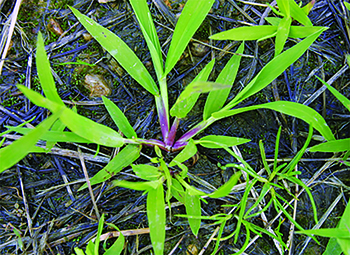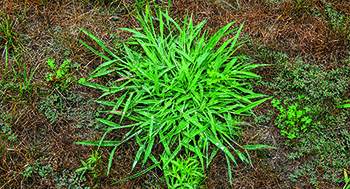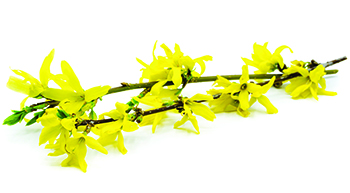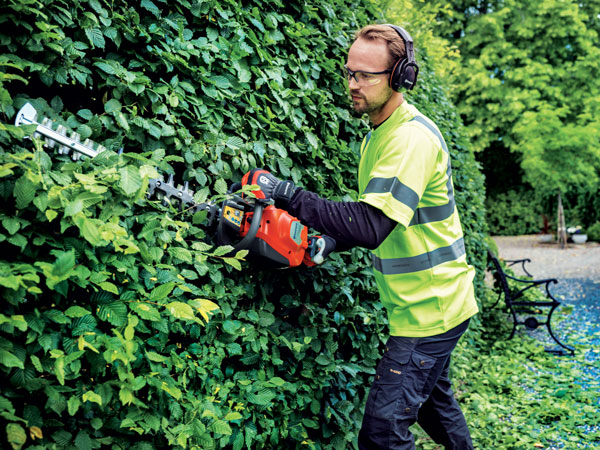
It’s everywhere: According to Jim Brosnan, Ph.D., associate professor at the University of Tennessee, a 2017 survey by the Weed Science Society of America found that it is the No. 1 most common turfgrass weed.
It follows forsythia: This weed is a summer annual (typically — there are some species that are considered perennials), and its germination occurs when soil temperatures are sustained above 55 degrees F. Don’t have the tools — or the time — to track soil temps? Watch for the forsythia to bloom. This event often coincides with soil temperatures warm enough to sustain this weed’s germination.
It needs a shave: A couple types of this weed have hairy leaf sheaths. One type of this weed can grow up to three feet tall if left unmowed.

It preys on the weak: It favors sandy, sunny locations with weakened turfgrass, says Michael Sisti, golf and lawn care market manager for FMC. Areas damaged by insects or along sidewalks and driveways are prime targets for this weed.
It is prolific: A single plant can produce 150-700 tillers and 150,000 seeds, according to Sisti. Primary reproduction for this weed is through seeds, so it is important to remove seedheads or apply a preemergent herbicide for control.
Did you guess crabgrass? If you did, you’re right. And while knowing about it is great, the real question is how do you deal with it?
There are several species of crabgrass, but among the most common found in lawns are smooth crabgrass and large crabgrass, according to Brosnan. Large crabgrass is more commonly found in the south and smooth crabgrass in the north, but both can be found in the Transition Zone.

The best defense against crabgrass is a healthy, thick lawn and root system. Cutting the lawn at the recommended height will encourage a healthy root system to develop and will also remove seedheads. But be careful. Cutting the lawn too short can lead to poor turf density, which will make the lawn more susceptible to crabgrass.
“Because crabgrass is such a prolific seeder, anything that can be done to reduce seed production will help alleviate the occurrence of this weed,” Sisti says.
Another benefit of keeping the lawn lush and healthy? Increased mowing height can improve the efficacy of several preemergent herbicides used for crabgrass control, according to Brosnan. Data regularly show that preemergent herbicide applications are the most effective way to control crabgrass in the landscape, he says.
Finally, don’t forget to keep an eye on your equipment, Sisti adds.
“It’s important to note the calibration of your application equipment, both sprayers and spreaders, is essential to ensure you’re delivering the proper amount of active ingredient,” he says. “Any type of soil disruption, like dethatching or heavy raking, can nullify the crabgrass barrier.”

